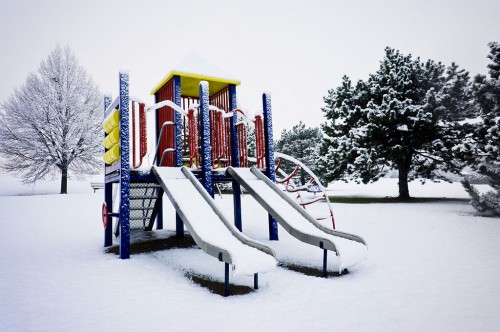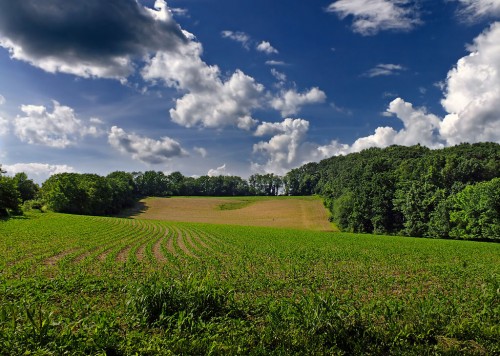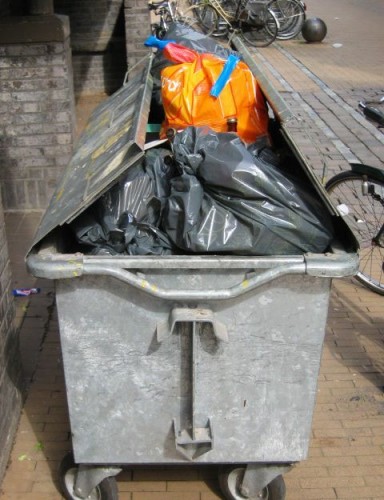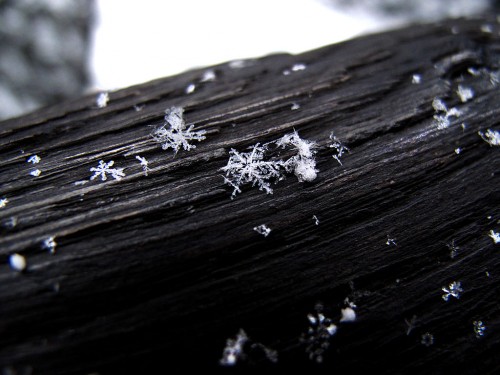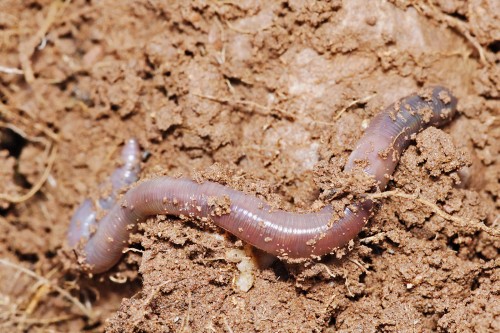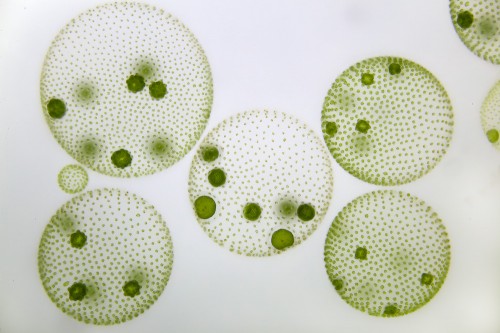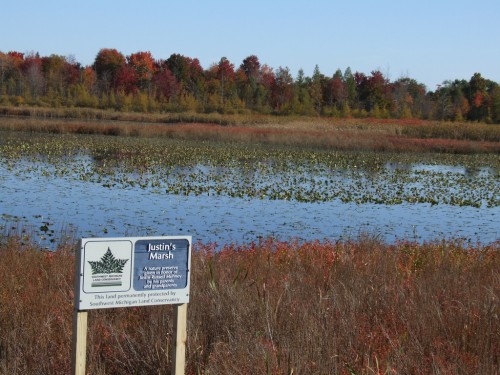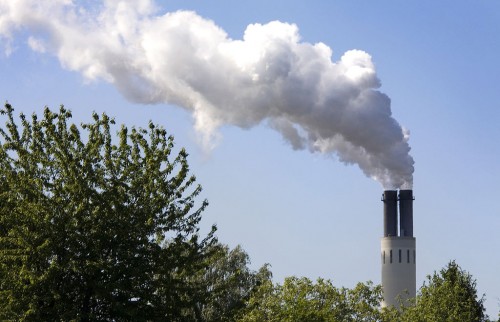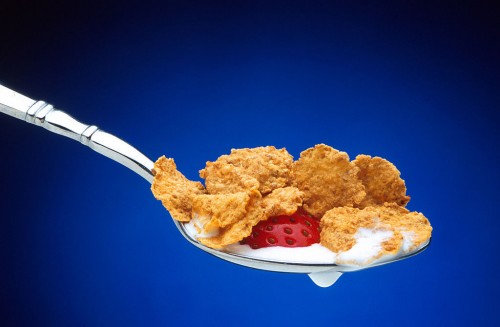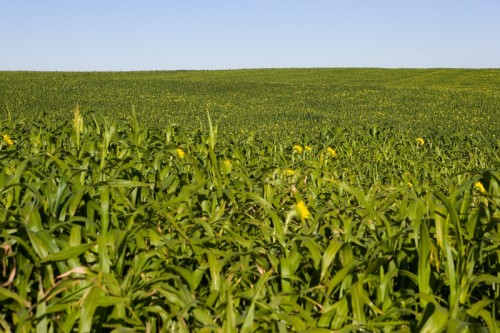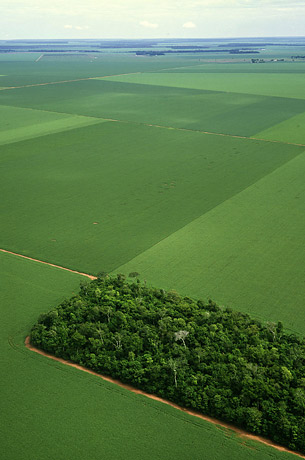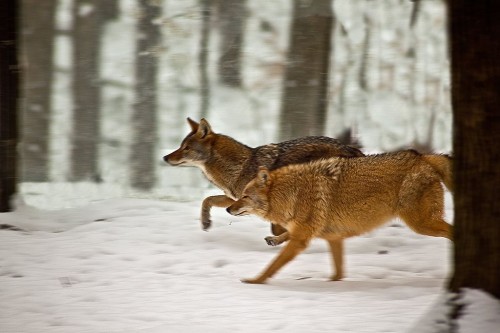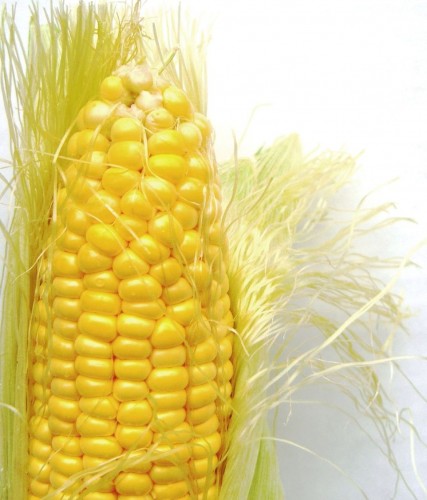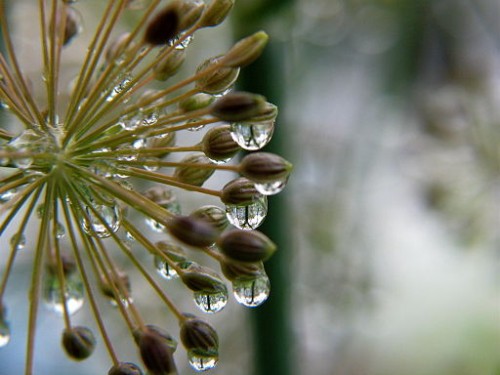Photo Credit: Benson Kua
The causes and consequenses of soil temperature in the winter is an important concept to understand. Human management activities in agriculture and conservation can have large impacts on soil temperature. In return, soil temperature has important impacts on the ecology of differnt ecosystem. The causes of soil temperature changes in the winter can easily be studied in the schoolyard. Students will explore the soil and air temperature in different habitats around the schoolyard that may be affected by different ecosystem properties, such as plant, litter or snow cover and human built structures. The patterns in soil temperature are then related to the consequences for the ecosystem around the school and extensions are made to consequences for fields and forests.
At the conclusion of this lesson, students will be able to:
- Take measurements of soil and air temperature
- Distinguish between temperature in Celsius and Fahrenheit
- Make keen observations of areas in the schoolyard that have warm and cold soil temperature as well as warm and cold air temperature
- Connect soil temperature with the habitat/snow cover/plant cover
- Identify ways in which humans have manipulated soil and air temperatures
- Form hypotheses regarding how soil temperatures impact plant and animal life
- Make connections between soil and air temperature
Resources:
Lesson created by Brook Wilke

